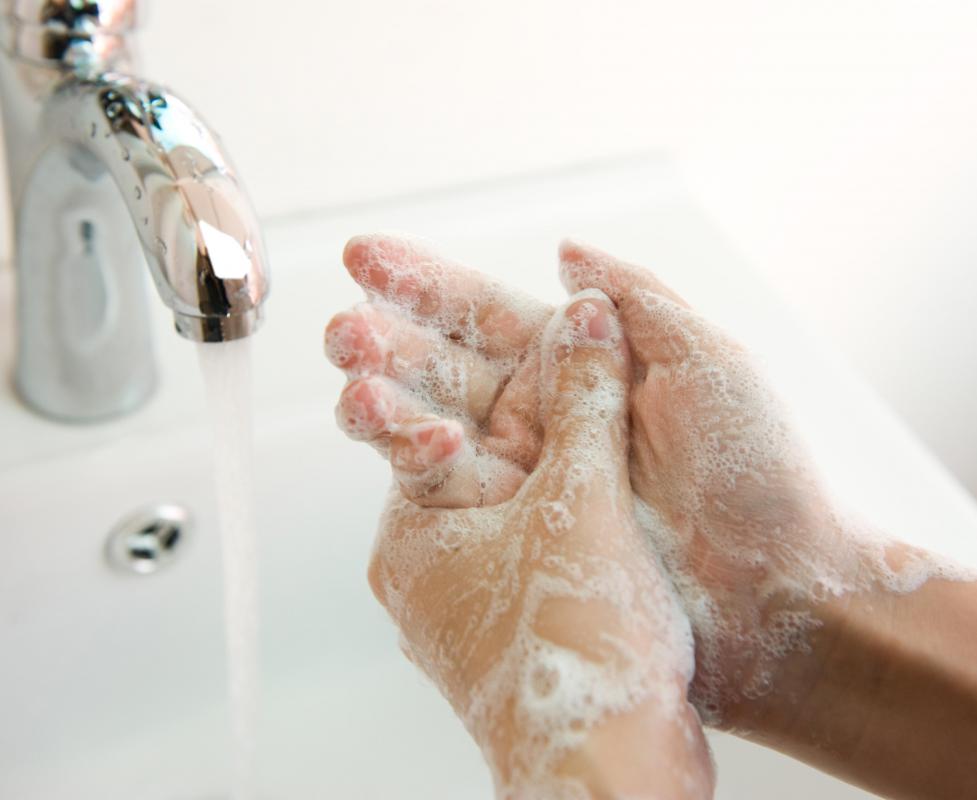At TheHealthBoard, we're committed to delivering accurate, trustworthy information. Our expert-authored content is rigorously fact-checked and sourced from credible authorities. Discover how we uphold the highest standards in providing you with reliable knowledge.
What Are Pus Cells?
Pus cells are a mixture of dead tissue, bacteria, and white blood cells. The presence of pus usually indicates an infection. In a healthy body, white blood cells will try to surround invading micro-organisms and kill them. The body then tries to get rid of this mixture of bacteria and white blood cells, creating pus cells.
A localized infection is often accompanied by a drainage, known as pus or purulence. Although it is often white, the color of pus can vary. It can also be yellow, green, pink, or brown. This discharge is also usually quite foul smelling.

When a dangerous micro-organism gets into the body, the immune system will attempt to get rid of it. Monocytes and neutrophils are the two types of white blood cells usually responsible for this task. When bacteria enters the body, these cells are attracted to it because of chemical messages. The body then begins to produce more white blood cells, and a higher than normal number of white blood cells in a person's body is usually used to confirm a doctor's diagnosis of an infection.

When bacterial cells are encountered in the body, monocytes and neutrophils will surround them. The bacteria are then destroyed by a process known as phagocytosis. During this process, digestive enzymes produced by these white blood cells destroy the bacteria. Each white blood cell has the ability to kill several bacterial cells.
Once the white blood cells die, they are expelled from the body in the form of pus. These white blood cells typically make up the majority of pus cells. Since pus cells also contain both living and dead bacteria, people who come in contact with pus are usually advised to wash their hands.

Infected wounds are typically considered one of the primary causes of pus. Other infections, such as ear infections and some sexually transmitted diseases, can also cause pus to form. Infections deeper inside the body can also cause pus to collect inside the body, and this is sometimes referred to as an abscess.
When pus cells are draining from a wound, the area should be kept clean. A topical antibiotic can also be applied. It is sometimes necessary to drain the pus from an abscess, however, to prevent the infection from spreading to other parts of the body. A doctor may also prescribe an oral antibiotic for more serious infections.
AS FEATURED ON:
AS FEATURED ON:















Discussion Comments
I have a lot of pus in my elbows. It is inside, not outside.
My pus cells are 2-3. Is this harmful? What is the treatment? Please explain.
Post your comments